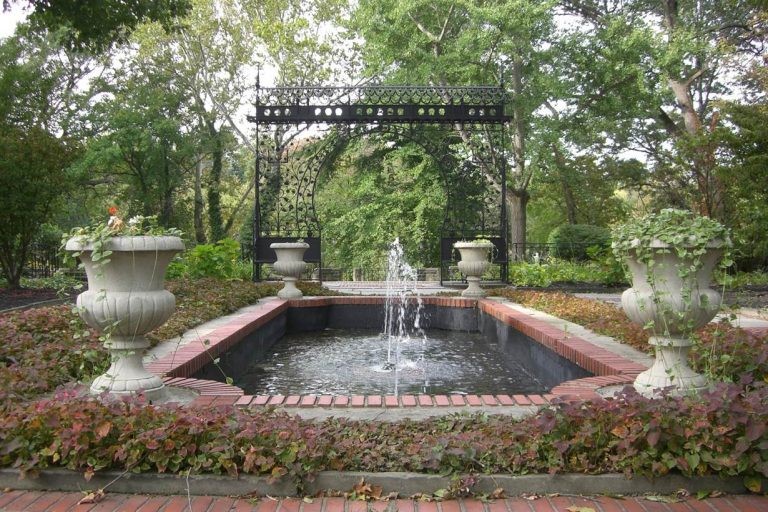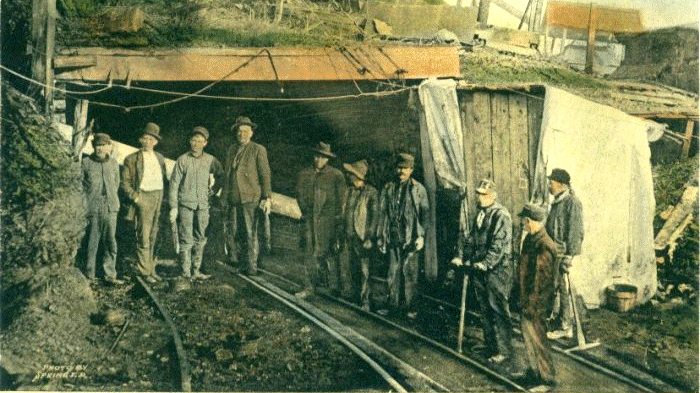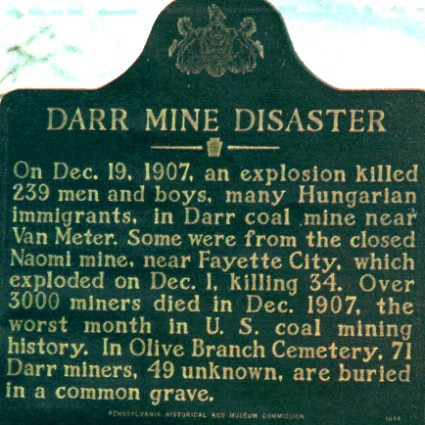The Hungarian Cultural Garden is part of a larger network of the Cleveland Cultural Gardens. The mission of the Gardens is to bring “peace through mutual understanding”. Around 32 gardens are dedicated to various cultural minorities represented in Cleveland, or in the surrounding region.
Within the gardens, statues and memorials pay homage to the peacemakers, philosophers, poets, scientists, composers and other significant figures who contributed to society. The Hungarian Garden was initiated in March 1934, and in September of that year the Cultural Garden Committee of the United Hungarian Societies of Cleveland was formed; by October its first plaque, to Franz Liszt, was unveiled.
However, the entire garden was only fully completed and dedicated in July 1938 after years of planning and construction. This occasion was accompanied by about 15,000 people who took part in the parade and ensuing ceremony. In 1941, a 40-foot flagpole, adorned with an American flag, was added to the garden.
Throughout the years additional cultural figures were added next to Liszt: in 1950 a bronze statue of Imre Madach, in 1954 a bronze bust of Ady Endre, in 1956 a plaque for Dr. Jozsef Remenyi. The next big event held in the Hungarian Garden was only held in 2008 on the 70th anniversary of the garden. Subsequent concerts and ceremonies were held in 2013 for the 75th anniversary and in 2018 for the 80th.
If you want more stories, subscribe to our YouTube channel or read our articles about Hungarian memorial sites around the world.



